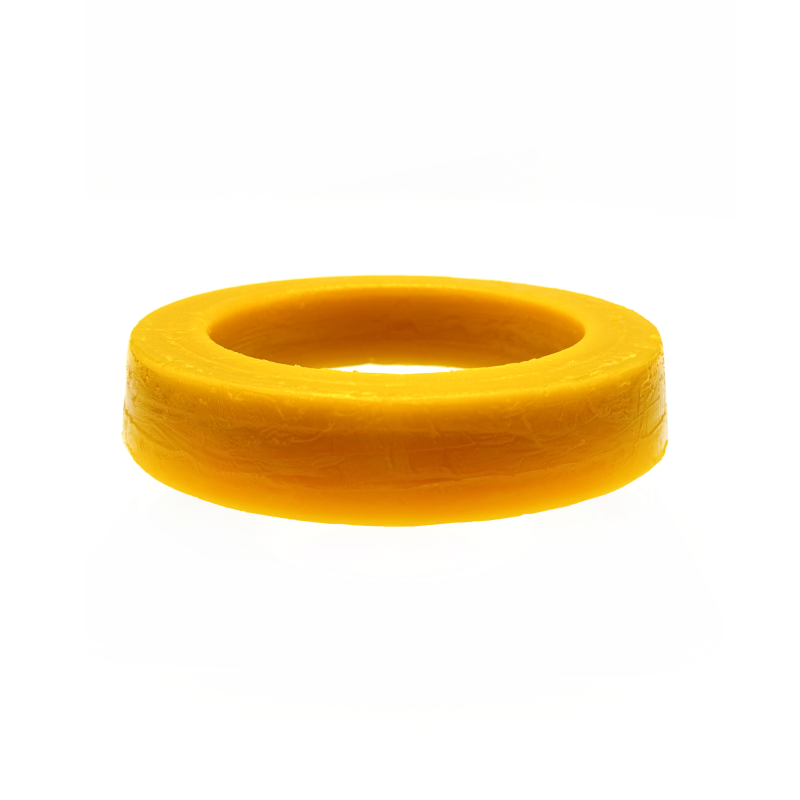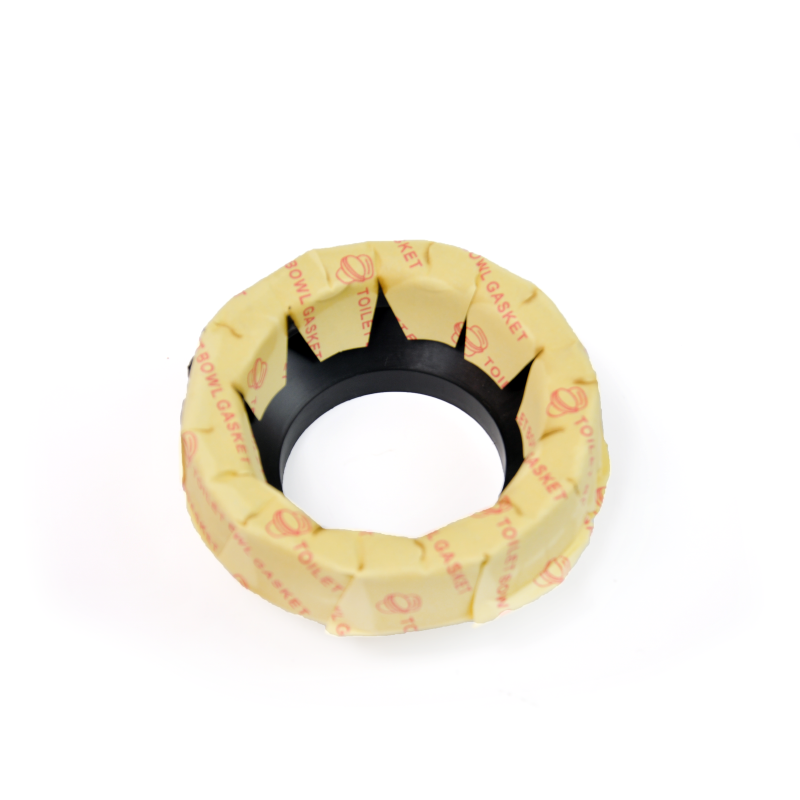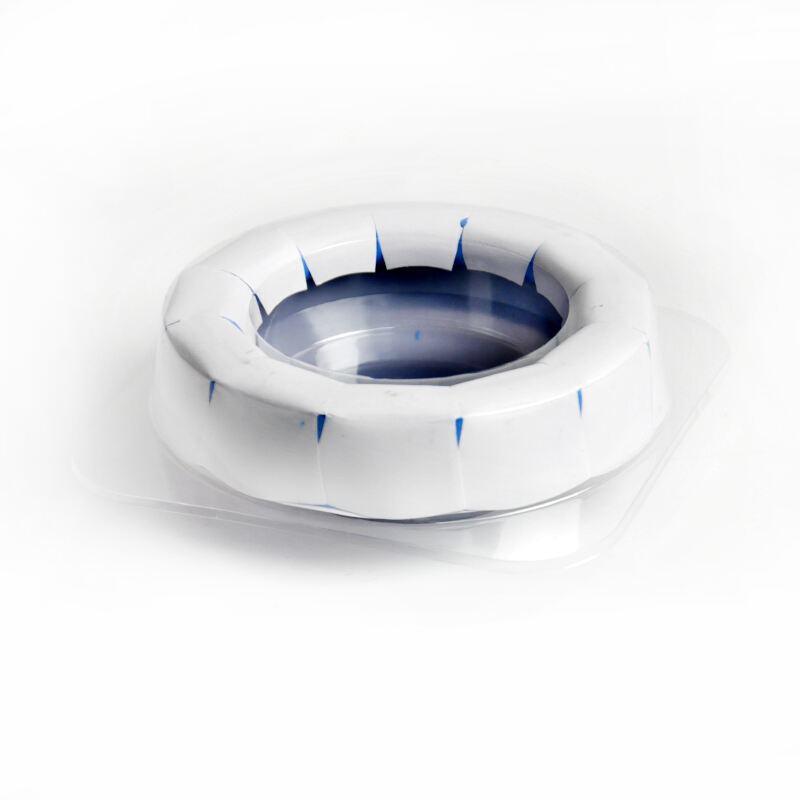A toilet wax seal ring is an essential component in toilet installations, serving as the primary barrier between the toilet bowl and the floor flange to prevent water leakage, sewer gas emissions, and odor infiltration. This critical seal is composed of a malleable mixture of waxes—typically petroleum based and microcrystalline waxes—combined with reinforcing materials like fiber mesh or a plastic core, which enhance durability and prevent the wax from crumbling or extruding into the drain pipe. The unique properties of the wax allow it to compress when the toilet is installed, conforming to the irregular surfaces of both the toilet base and flange to create a custom, watertight seal that adapts to minor imperfections in these surfaces. The design of a toilet wax seal ring usually includes a central, cone shaped horn that extends into the drain pipe, providing an additional layer of protection against leaks at the critical connection point where the toilet’s outlet meets the plumbing system. This horn also helps center the toilet during installation and prevents the wax from entering the drain line, which could cause clogs. The outer diameter of the ring is sized to fit standard toilet bases, ensuring full coverage of the flange opening. Installation requires careful positioning: the wax ring is placed centered on the flange, the toilet is lowered straight down onto the ring without rocking, and the mounting bolts are tightened evenly to compress the wax. This compression activates the seal, creating a bond that remains effective for 5 to 10 years under normal use conditions. Toilet wax seal rings are compatible with all standard toilet models and flange materials, including PVC, cast iron, and brass, making them a versatile choice for both residential and commercial installations. While modern alternatives like rubber seals exist, wax seal rings remain popular due to their reliability, cost effectiveness, and ability to seal even in less than ideal conditions, such as when the flange is slightly misaligned or uneven. Regular inspection for signs of wear such as water around the toilet base or sewer odors ensures timely replacement, maintaining the integrity of the plumbing system and preventing water damage to floors and subfloors.




